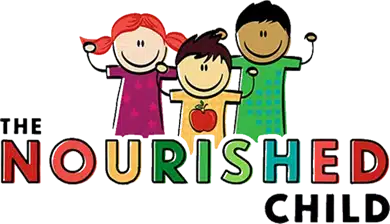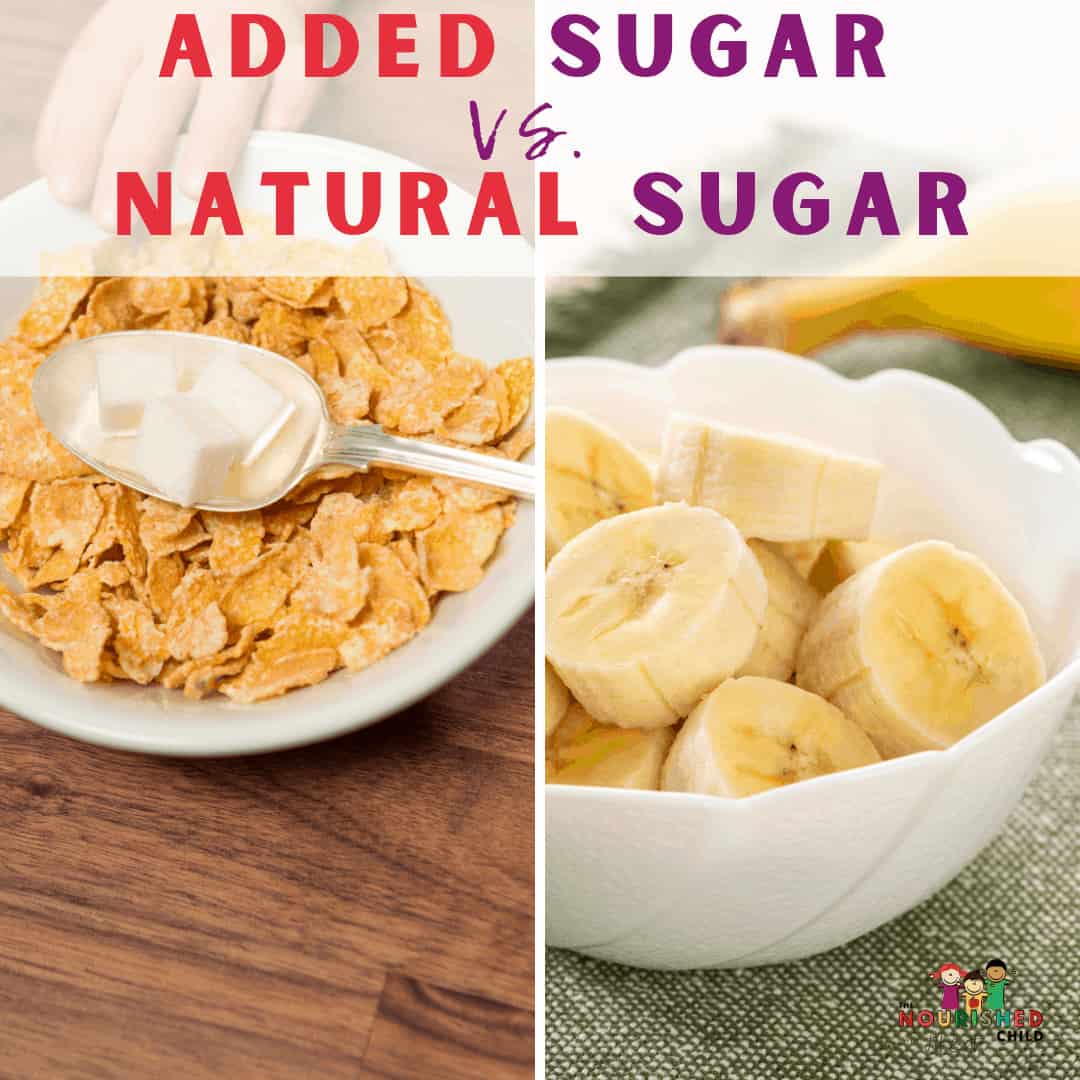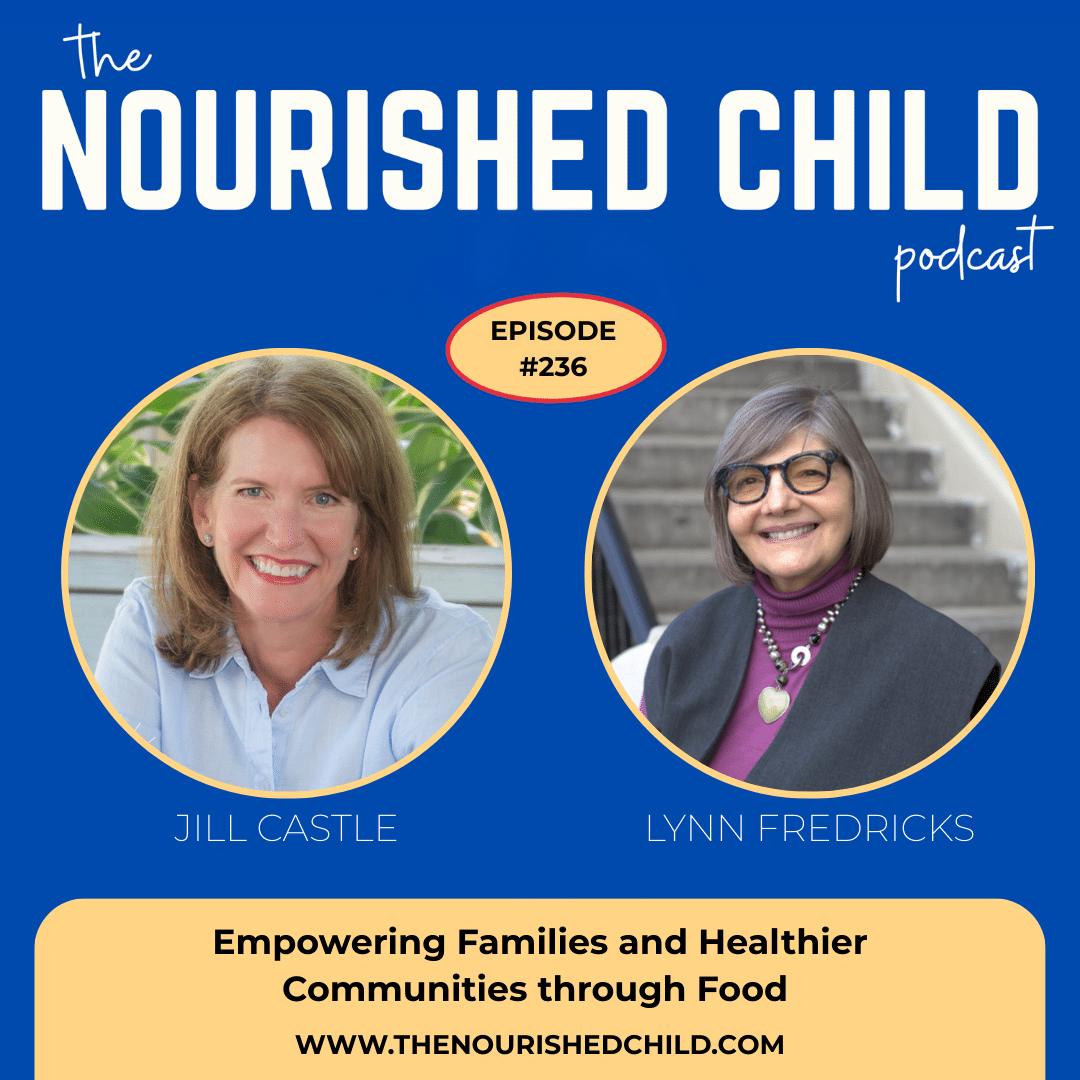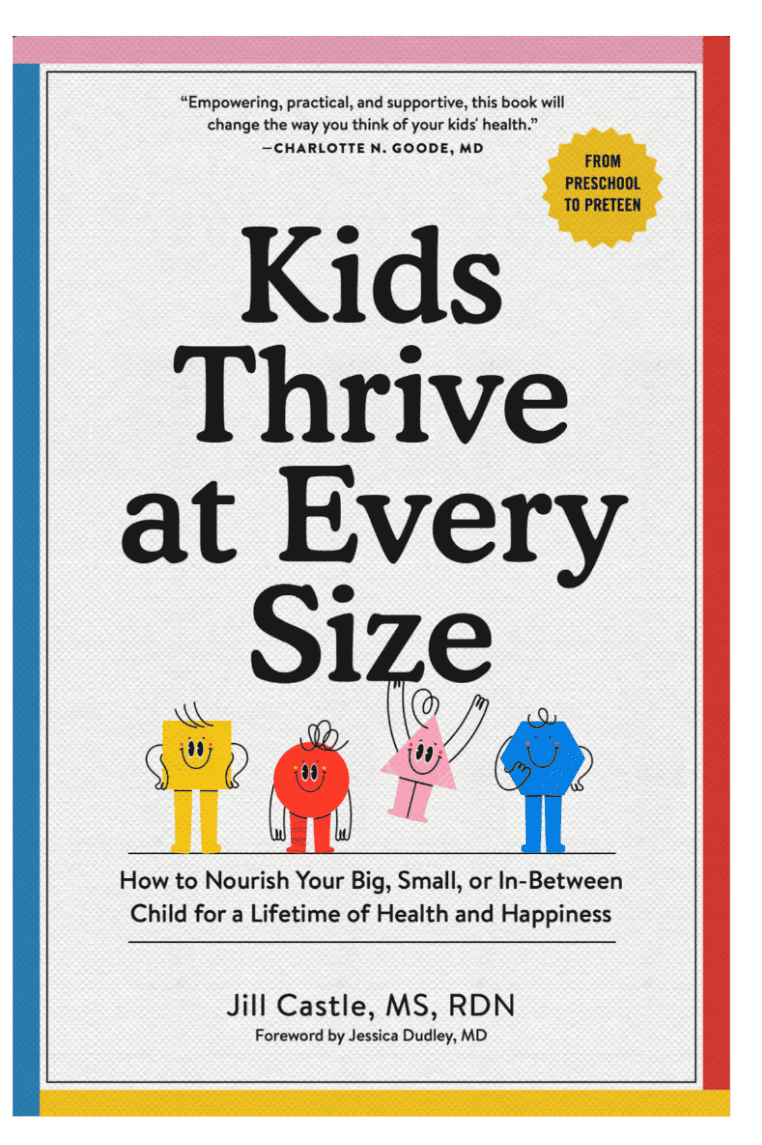How to Find Truth and Trustworthy Information Online
March 31, 2025
Finding trustworthy information in the online space is getting harder and harder, especially with so many polarizing viewpoints about food, and the growing opinions and rhetoric from online resources. How can we find the truth online?
I asked Charlie Arnot, the CEO of the Center for Food Integrity, an international nonprofit organization dedicated to building consumer trust and confidence in today’s food system for his insight and advice. He suggests when we think about building trust, we need to use entirely different strategies then if we’re simply thinking about trying to defend a position or a particular scientific point. Here’s his point of view on how to find the truth online about food and nutrition.
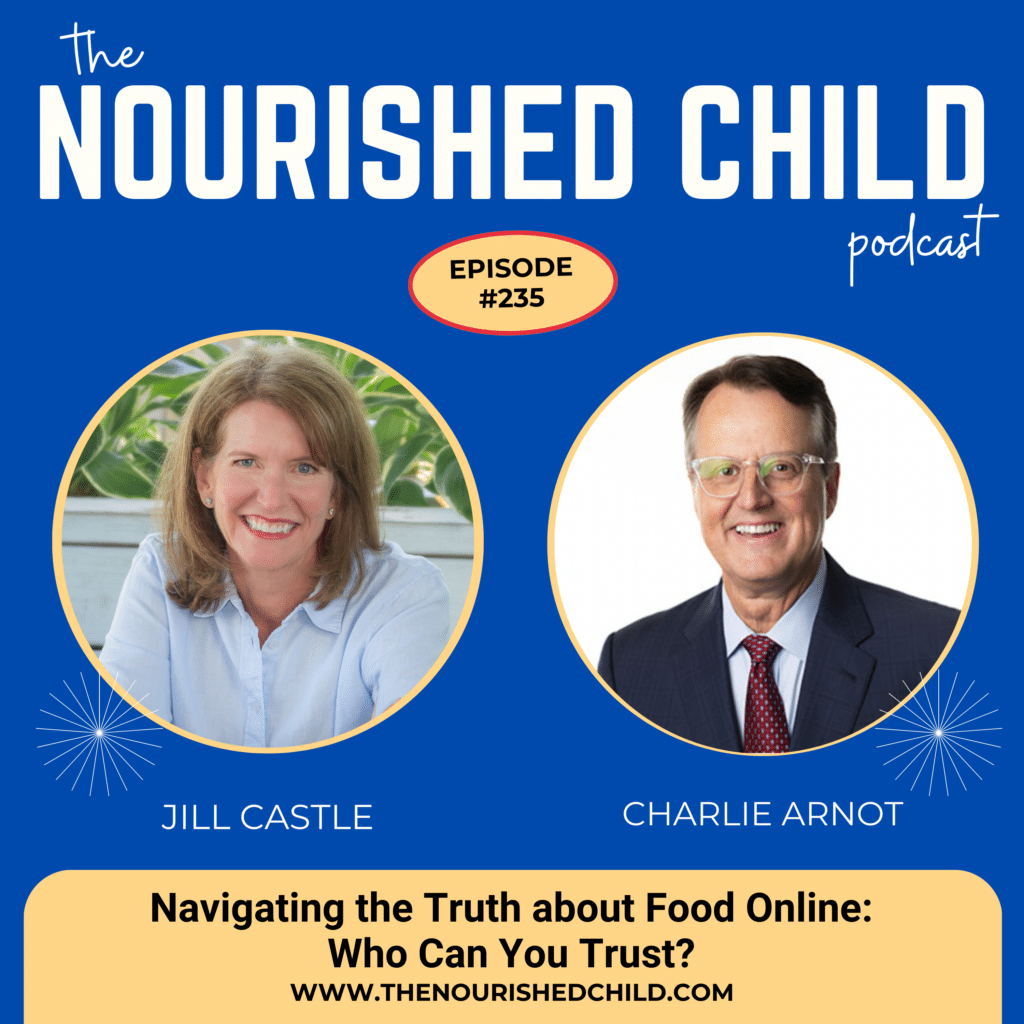
How We Get Information Has Changed
We are all looking for information to help us orient our world, right? What should I do? How should I respond? Is this going to be something that’s going to be a threat to me or an opportunity?
We’re constantly searching for information to help us orient ourselves to our world, whatever that world happens to be. This orientation is driven in large part by communication technology.
Decades ago, we all had a shared understanding because the media at that time (news and radio) didn’t tell us what to think, they told us what to think about. If you were sharing news, you had to agree to participate and follow certain guidelines and standards to make sure fact based information went out to the public airways and created publicly valuable information.
In 2004, Facebook was founded. This transition from mass communication, from just having a handful of news outlets to now masses of communicators, where anybody who has a smartphone can be a content creator and can also access an infinite number of channels, has fundamentally disrupted the whole information environment.
Now, we’re not sure where we should go for information, who we should trust, and who might be trying to manipulate us. There is no longer any kind of regulatory framework to provide oversight to social media outlets like Facebook, Instagram, YouTube, or TikTok.
We have not yet created any kind of mechanism to provide guidance to the users of social media to say this is what you can trust, this is what you should believe, this is what is not trustworthy, and this is what you should not believe. The confusion is understandable.
Social Media as a Source for Food and Nutrition Information
Seventy-six percent of Americans interact with social media at least once a day. Only 41 percent interact with mainstream media once a day. We’re getting our information from social media in an environment that is no longer regulated, has no guidelines about what is trustworthy, or not trustworthy. It’s “user beware” as you enter into that environment to search for information.
With social media, we’ve seen an infinite proliferation of micro-cultures, each with their own belief system, their own values, sometimes even their own codes or language that they’re using, and it becomes a challenge to connect with those.
The social media companies have said, “You decide what’s true for your micro-culture. We’re no longer going to be an arbiter. We’re no longer going to decide what is factual because your truth is as valuable to you and as true for you as my truth is to me.” So again, this just adds to the confusion and the challenge as people are trying to sort through the information and make informed choices for their families.
The Difference between Misinformation and Disinformation
Eighty-two percent of U. S. consumers are concerned about misinformation, which is the sharing of information that’s not factual without any motive.
For instance, you heard something or you read something and you shared it. There’s really no motivation for sharing it. Misinformation is just the sharing of information that doesn’t happen to be factual.
Disinformation comes with a motive. It could be political, it could be economic, it could be something else. So if you’re reading or hearing somebody come up with an energetic argument against or for something, and by the way, this is why you should buy it, that’s disinformation.
When there is a major disruption like COVID, it brings a lot of information into question and it causes people to go out and search for more information to reorient themselves. That creates an environment where misinformation can simply become relevant and rampant in the environment because everybody is searching for information about how to protect themselves.
How do I protect my loved ones? What do I do? What should I take? What should I eat? What should I not eat? Where should I avoid? And so anytime you have a situation that creates a lot of disruption, there’s going to be a search for more information, which then creates an information environment that is really ripe for misinformation.
So misinformation is simply the unintentional sharing of things that aren’t factual. Disinformation comes with a motive. So it’s important to try to understand: What’s driving this topic? What’s driving this information? Is there some commercial or political motive behind this? And if so, is this information I can trust?
How Personality Influences Information Seeking Behavior
We have a peer reviewed and published model for what it takes to build trust, and what it indicates is that the perception of shared values is three to five times more important than data in building trust.
We are likely to look for those sources that reinforce our confirmation bias. We’re looking for those individuals with whom we have a values based connection, where we have some kind of belief that we believe is similar to that source of information, and that implies a certain level of credibility, whether or not that credibility is justified. Remember, values are three to five times more important than data on building trust.
We recently completed some research around five different consumer segments based on beliefs.
The Progressive Disruptor
The progressive disruptor has an understanding and belief that today’s food system is fundamentally broken. There’s no way to save it. So they’re looking for ways to disrupt it. They’re looking for different sources of information from alternative media and other sources. They’re focused on food justice and sustainability, regenerative agriculture, and anything that doesn’t fit with that, they’re going to fundamentally reject.
They are only 5 percent of the population, but 12% of them share their voice. For them, truth is all about liberation. They want to fuel a fair and sustainable food system. They’re going to look to alternative media, grassroots movements, regenerative agriculture practices, immigrant labor rights, food sovereignty, and fair, sustainable food systems. Those are going to be the beliefs that drive this group.
The Authenticity Seeker
It’s all about unfiltered, real first-hand experience for this group. They want the good, the bad, and the ugly. If you want to communicate with them in a way that’s effective, they want to know about the produce that didn’t come out the way it was planned. The recipe that perhaps failed the first three times that you tried it. The pest that a farmer has to deal with. That helps them understand, because this is the way the world really works. By sharing that kind of information, you build credibility with them.
The Rationalist
The rationalist is really about facts and science and data. They’re looking for credible information and they will triangulate that from more than one source. They avoid sensationalism or politicized narratives. They value clear and credible research. They trust food scientists, researchers, and farmers, and are open to new and future-oriented kinds of solutions.
They will look for information and want to see the data behind it. They might look at the Wall Street Journal, Bloomberg, and the New York Times to see if they’re sharing similar kinds of stories about that kind of topic, but overall, they’re interested in the data. They’re willing to support modern agriculture and modern food systems. They see those as being essential to solving the problems we have in food and agriculture today.
This is 19 percent of the population, and 15 percent share a voice.
Listen to the full episode!
The Comfort Seeker
The largest segment of the population is the comfort seeker, making up 43 percent. It’s interesting to note that we did this same research back in 2017. The Comfort Seeker segment of the population has grown significantly. That’s not surprising when you think about the politicized and fragmented narratives that we have, and the challenges with the COVID pandemic and everything else. There’s a growing segment of the population that is just looking for information to provide them reassurance.
Give me something that helps me know I’m making the right decision for myself and my family. They trust labels like the USDA and FDA. They also trust dietitians as well as their grandmother. Credible information doesn’t require deep scrutiny. They’ve got a lot going on in their life. They trust online influencers that resonate with them emotionally. They look for data that confirms their own food preferences. They are 43 percent of the population, but 27 percent share a voice. They don’t have the time or the interest necessarily to participate in these online conversations.
The Strategist
They are 19 percent of the population, and 28 percent share a voice. For them, truth is a tool to secure a competitive advantage or reinforce their existing world view. They favor sources that align with their agendas. They’re dismissive of sustainability or community welfare. It’s all about what’s going to benefit them and the causes and information that they feel gives them a competitive advantage in whatever sector they happen to be working in.
How to Find the Truth Online
Here are some ways to ensure you are finding credible information about food and nutrition in online spaces:
Look at the Comments
What kind of comment is this and is it getting support? Are the comments coming from people that share similar beliefs or similar values to me? Does the information or similar information appear in other places? Can I compare that and find similar information somewhere else?
What is the Source of Information?
Ask yourself, Is the source of the information someone or an organization I trust? What are their credentials? What’s their experience? What’s their education? Are they involved in other things that resonate with me? Have I heard of that organization or that person before?
Note, this is challenging because the algorithms will guide us to a particular source or maybe two particular sources. But it’s important to do some of that checking to see if this really sounds like it makes sense to you.
Check a couple of different sources to make sure you’re finding similar information and that there isn’t some underlying motive with this particular source that isn’t aligned with your interests. It’s really important to double check credentials, other sources, and comments.
Does this Information Exist Elsewhere?
Can you find similar information in multiple places? Not all credentialed experts will share similar information. Some have very different perspectives on what might constitute truth or what constitutes good advice. So you’re looking for a preponderance of evidence that makes sense.
Using Emotional Connection Segments for Good
These audience personalities and segments can be used as a tool. Just like a hammer can be used to build a house, a hammer can also be used to tear it down. How you use the tool matters.
Now that you know that emotional resonance can connect, do you use it to be a fear monger? Do you use it to sell products that otherwise have no value? Or do you use it as a way to make that connection with parents and others who have legitimate concerns and an understandable level of anxiety as they try to make decisions about how they’re going to provide for their family to have healthy, nutritious meals that everybody will eat within their budget?
Is There a Role for Science?
Yes, there absolutely is. What we say is “Science is always essential, but it’s never sufficient.”
We’ve done values based communication training across 15 countries to help scientists find ways to make their information more impactful. The way you make science more impactful is by finding ways to connect with people and their values.
Those are not mutually exclusive. You’re not making the science less important. You’re making it more impactful by finding ways to connect with the values first. So there’s absolutely a role for science. But we’ve got to find a way to make science more relevant in this communication environment.
It’s a challenge for people who view the current environment as being so messy, so disorganized, so disingenuous, and so disintegrated that they want to have nothing to do with it. In so doing, from my perspective, the science community is abdicating their responsibility.
I do believe it’s critical that we continue to make sure that science is relevant in these conversations, and science is presented in a way that makes it have important impact in people’s lives, and empowers them to make choices.
Resources
- Find Charlie Arnot at www.foodintegrity.org.
- Listen: Weight Stigma in Children with Rebecca Puhl
- Listen: The Biggest Nutrition Stories of 2021

Jill Castle, MS, RD
I like empowering parents to help their children and teens thrive at every size with realistic advice centered on healthful habits around food, feeding, nutrition and health behaviors. As a pediatric dietitian and author, my goal is to share strategies and realistic advice to help you raise a healthy and happy child through my articles and podcast.
